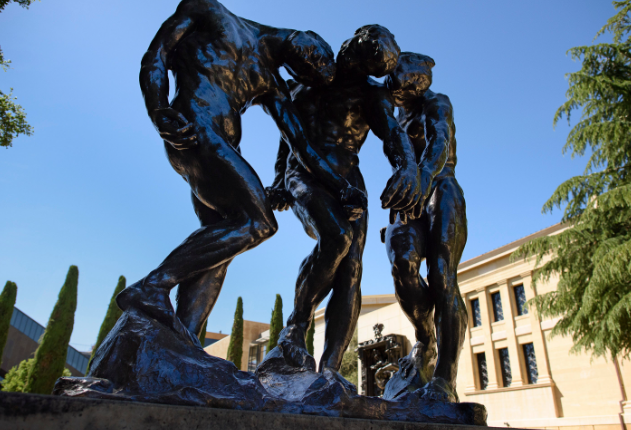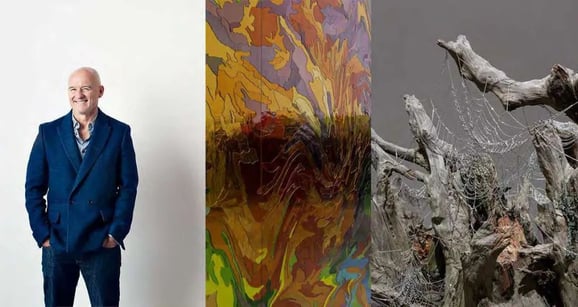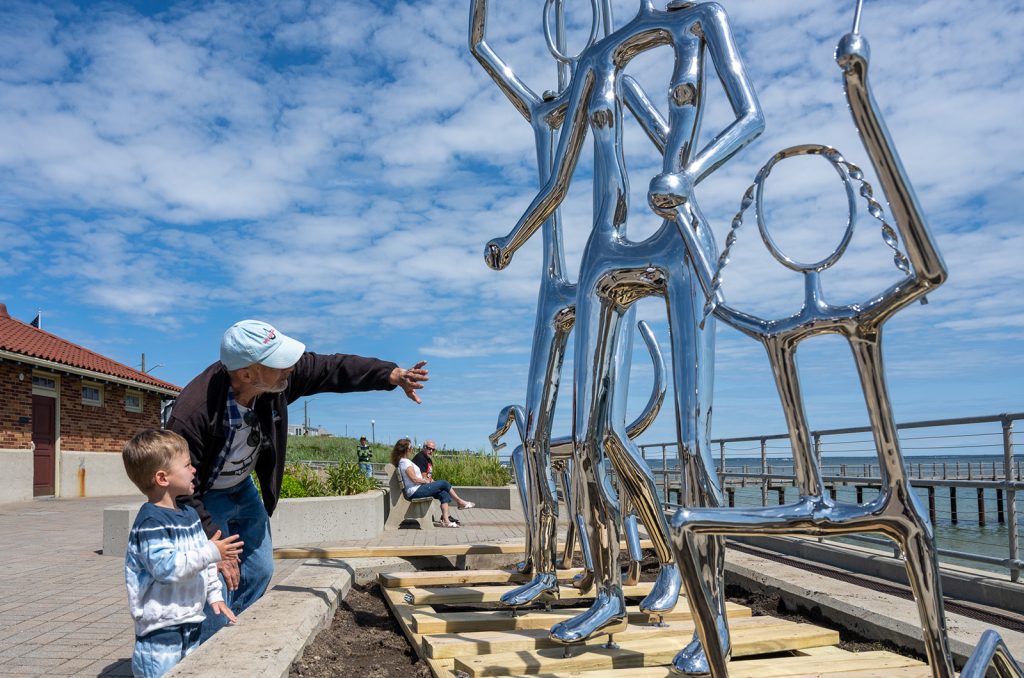Exploring the Depths of Emotion: The Mastery of Auguste Rodin
Auguste Rodin is often hailed as the father of modern sculpture, renowned for his ability to convey deep emotional truths through stone and bronze. His work transcends mere representation, inviting viewers to feel the essence of human experience. Understanding Rodin’s artistic mastery provides a richer appreciation for both his sculptures and the emotional landscapes they explore.
The Emotional Power of Form
One of Rodin’s defining characteristics is his skillful manipulation of form to evoke emotion. Unlike many of his contemporaries, Rodin often celebrated the irregularities and textures of the human body. This attention to detail enables his sculptures to appear alive, enhancing the emotional resonance of each piece. For example, “The Thinker” captures a moment of profound contemplation, using strong, dynamic lines to express the tension between thought and action. The rawness of the texture and posture draws viewers in, allowing them to connect with the weight of the subject’s emotions.
Narrative through Sculpture
Rodin’s ability to tell stories through his work is another testament to his genius. Each of his sculptures is imbued with narratives that reflect the complexities of human experience. A perfect example is “The Gates of Hell,” a monumental work inspired by Dante’s “Inferno.” This striking piece showcases a myriad of figures in various states of despair and longing, creating a powerful tableau that draws the viewer into the narrative. As visitors engage with the work, they are invited to explore themes of love, suffering, and redemption, demonstrating how sculpture can communicate intricate stories without words.
The Influence of Emotion on Technique
Rodin’s technique was deeply intertwined with his emotional vision. He often worked directly with the materials, allowing spontaneity to guide his creative process. This approach resulted in sculptures that possess a sense of immediacy and authenticity. For instance, in his famous work “The Kiss,” Rodin captures a moment of passionate intimacy, employing soft lines and flowing movement to reflect the tenderness of love. By embracing the imperfections of his materials, Rodin achieved a raw emotionality that continues to resonate with audiences today. His method teaches aspiring artists the importance of allowing feelings to inform their techniques and embrace the unpredictability of artistic expression.
In Conclusion
Auguste Rodin’s mastery of emotion through sculpture offers us an invaluable lens into the human experience. By exploring the emotional power of form, narrative storytelling, and the intersection of emotion and technique, we uncover a profound understanding of what it means to connect with art. Whether you are an art enthusiast or simply curious, delving into Rodin’s work can enrich your appreciation for the profound stories that sculptures can tell. Take a moment to explore his masterpieces—there’s so much emotion waiting to be felt.


